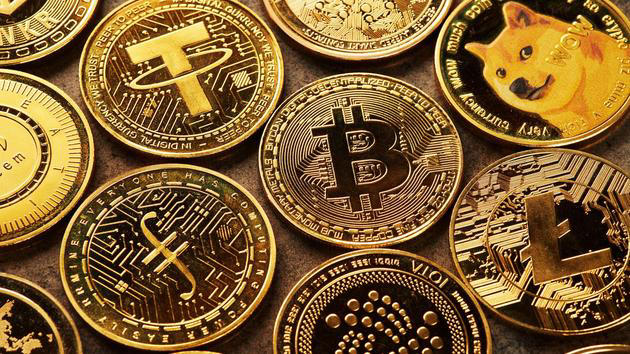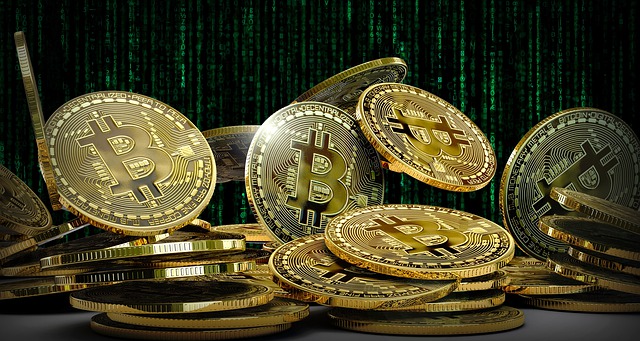Why are interest rates on dollar-pegged stablecoins so much higher than interest rates on actual dollars? You’d think that a stablecoin worth a dollar would command the same interest rate as a dollar, namely zero. But a quick search of lending rates on stablecoins reveals rates of anything from 9% to 13%, or even more.
The easy explanation is that high interest rates compensate people for the risk that the stablecoin will fall off its peg. But prime stablecoins like USDC and Pax (USDP) are fully backed by high-quality dollar assets, so the risk that people will lose their money is small. No, there is another reason – and it highlights a fundamental conflict in the purposes for which stablecoins are used.
Frances Coppola, a CoinDesk columnist, is a freelance writer and speaker on banking, finance and economics. Her book “The Case for People’s Quantitative Easing,” explains how modern money creation and quantitative easing work, and advocates “helicopter money” to help economies out of recession.
Mots-clés : cybersécurité, sécurité informatique, protection des données, menaces cybernétiques, veille cyber, analyse de vulnérabilités, sécurité des réseaux, cyberattaques, conformité RGPD, NIS2, DORA, PCIDSS, DEVSECOPS, eSANTE, intelligence artificielle, IA en cybersécurité, apprentissage automatique, deep learning, algorithmes de sécurité, détection des anomalies, systèmes intelligents, automatisation de la sécurité, IA pour la prévention des cyberattaques.





